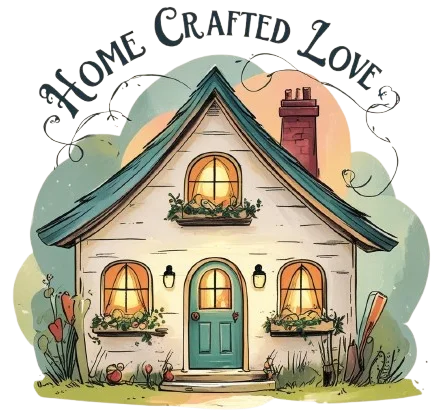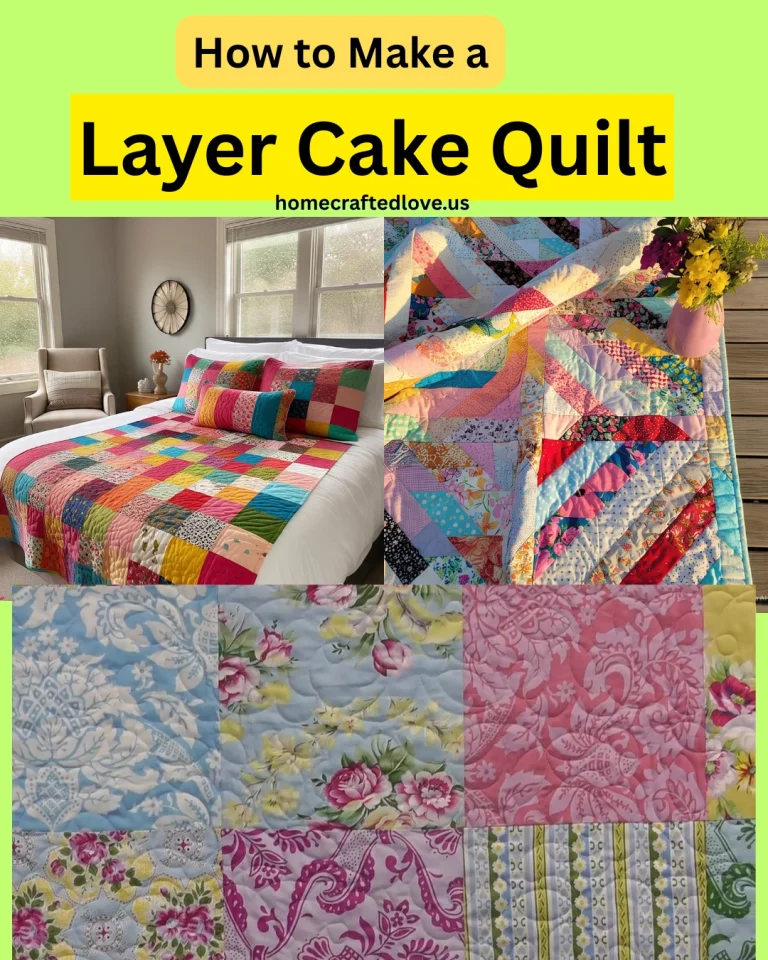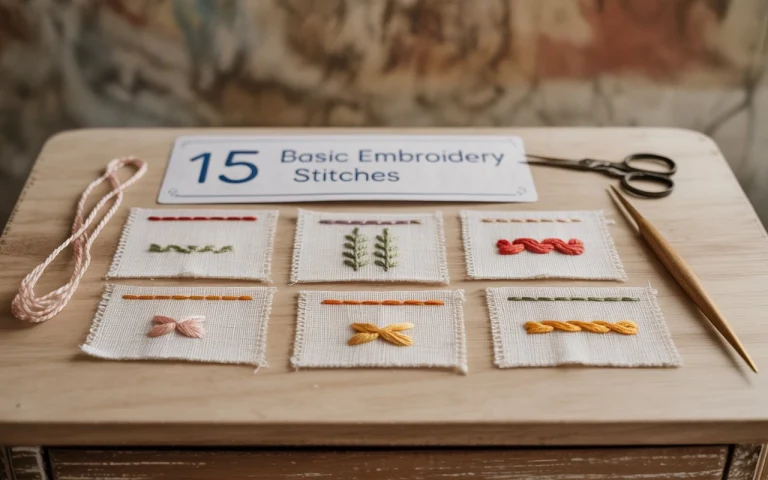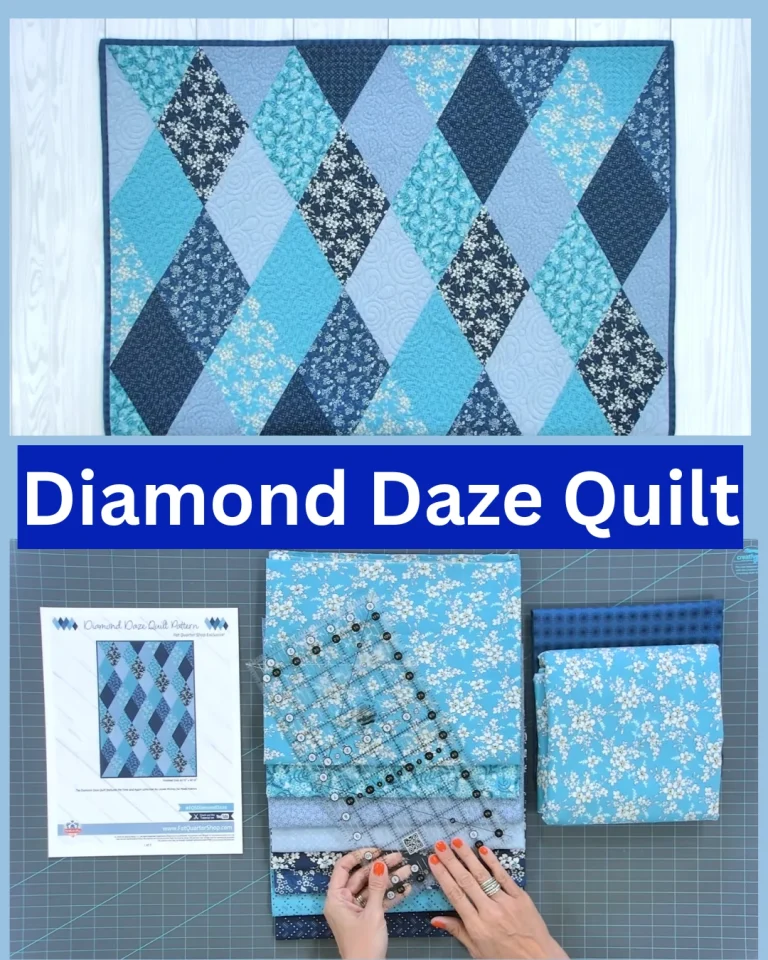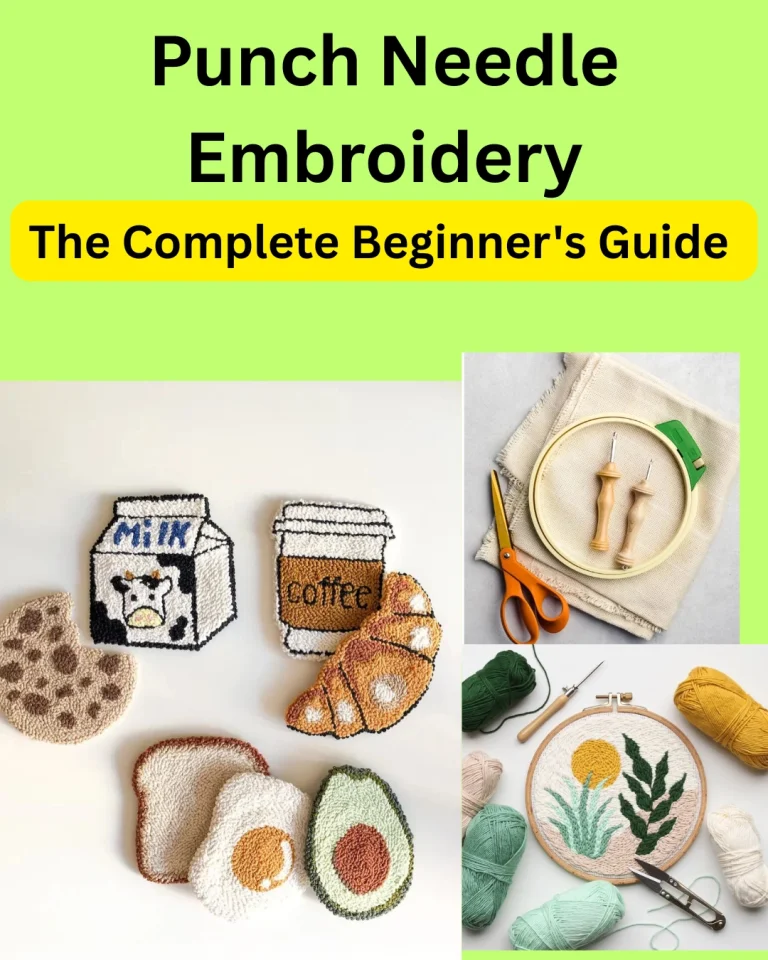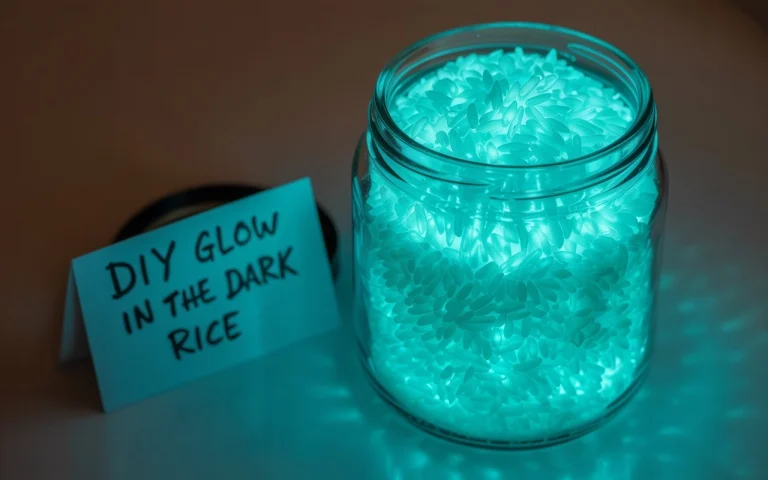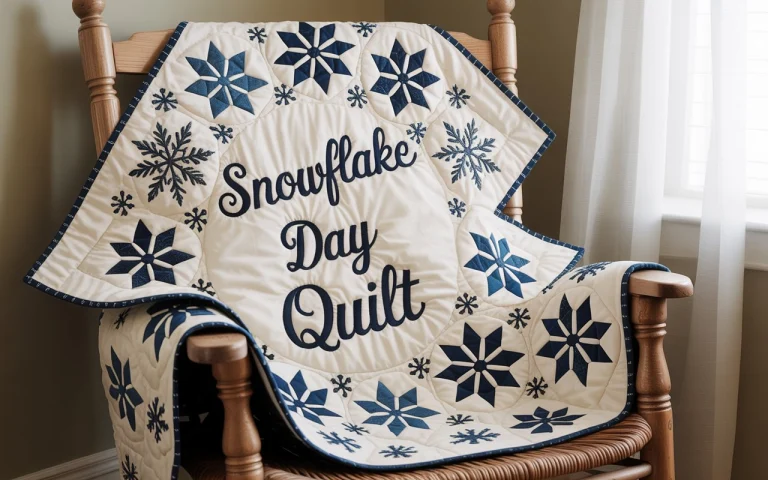Windmill Quilt: A Timeless Quilting Pattern Full of Motion and Charm 2025
Quilting has always been more than just sewing together layers of fabric—it’s a way of storytelling, preserving heritage, and expressing creativity. Among the most beloved patterns in the quilting world is the Windmill Quilt. Recognized for its striking motion and geometric appeal, the windmill design captures the eye and the imagination. Whether you’re a beginner or a seasoned quilter, exploring the windmill quilt pattern can open new doors to creativity and craftsmanship.
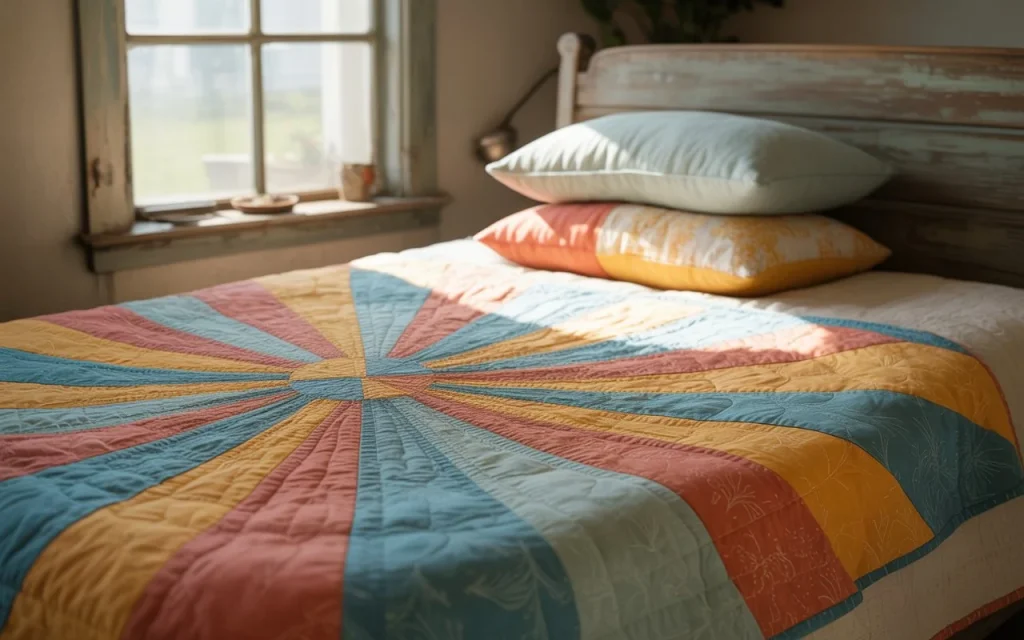
What Is a Windmill Quilt?
A windmill quilt is a quilt made using blocks that resemble the blades of a spinning windmill. These quilt blocks usually feature triangular or trapezoidal shapes arranged in a circular or rotational pattern, giving the illusion of movement. The design can be bold and dramatic or soft and subtle, depending on the choice of fabrics and colors.
Also read …..How to Make a Rag Quilt
Characteristics of Windmill Quilts:
- Symmetrical design with rotational movement
- Ideal for high-contrast fabrics
- Often made using half-square triangles or paper piecing
- Versatile – looks great in modern or vintage fabrics
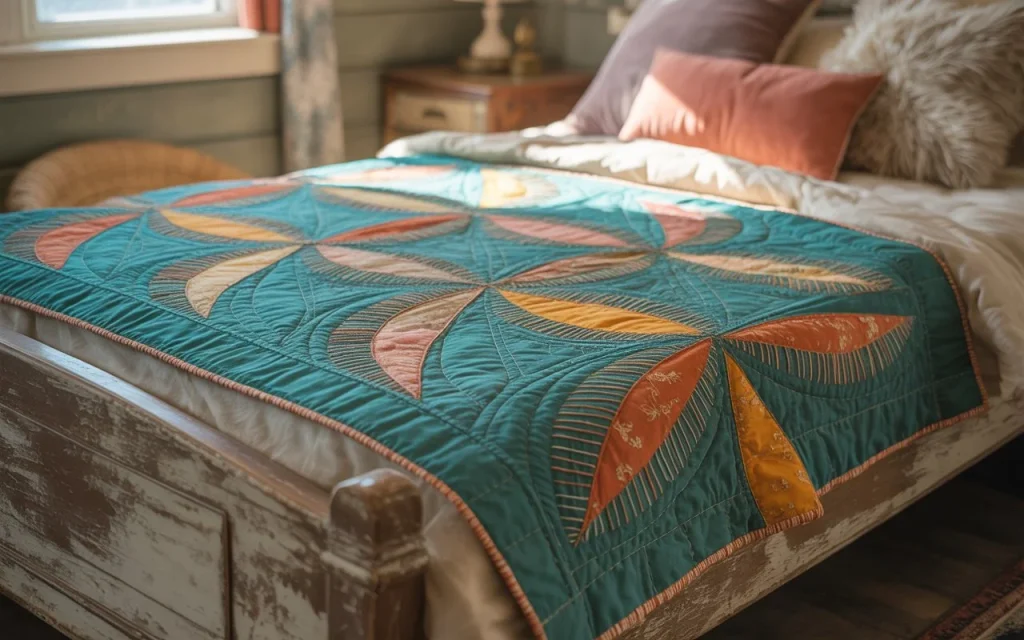
Why Choose a Windmill Quilt Pattern?
Here’s why many quilters love working with the windmill quilt:
1. Visual Appeal
The dynamic rotation of the windmill pattern creates a sense of energy and movement that draws the viewer in. It’s a great way to add life to your quilt, making it a standout piece on a bed, wall, or sofa.
2. Beginner-Friendly Options
While some windmill patterns can be intricate, there are plenty of simplified versions perfect for beginners. With just a few half-square triangles, you can piece together a stunning block.
3. Scrap-Friendly
Got leftover fabric from other projects? The windmill quilt is perfect for using up scraps. You can mix and match prints and solids to create a lively, colorful quilt.
4. Customizable Layouts
Whether you go for a consistent look or a scrappy layout, windmill quilts are endlessly adaptable. They also pair well with sashing, borders, or mixed blocks for unique results.

Common Windmill Quilt Variations
Here are a few popular variations of the windmill quilt pattern:
- Classic Windmill Block – Made using triangle units forming four blades in a pinwheel style.
- Dutch Windmill Quilt – Features slightly curved or elongated shapes for a more traditional, European aesthetic.
- Pinwheel Variation – Very similar, but with tighter, smaller “blades” creating a fast-spin effect.
- Modern Windmill – Incorporates negative space and bold color blocking.
How to Make a Windmill Quilt Block
Here’s a simple overview of the process:
Materials:
- Fabric (2–3 contrasting colors)
- Rotary cutter, mat, and quilting ruler
- Sewing machine
- Iron
- Quilt batting and backing
Steps:
- Cut your fabric into squares and triangles as needed.
- Sew half-square triangles (HSTs) by pairing two squares, sewing diagonally, then cutting and pressing.
- Arrange the HSTs in the windmill layout (blades turning in the same direction).
- Sew the block together row by row.
- Press seams flat and trim if necessary.
Repeat and join blocks to form your quilt top, then sandwich with batting and backing, quilt as desired, and bind.
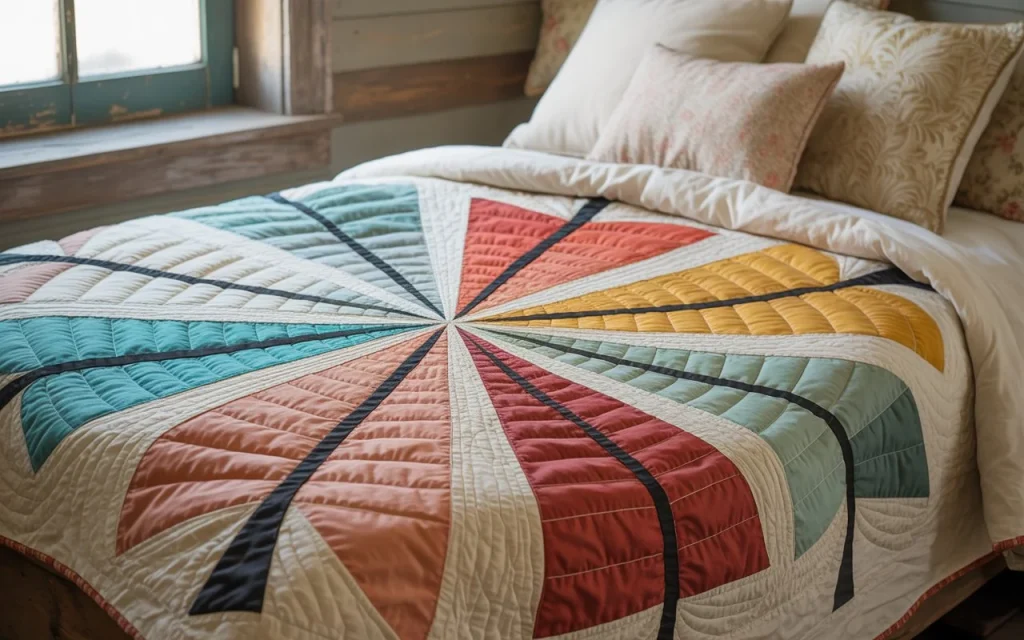
Fabric Ideas for Windmill Quilts
- Bold Solids – For a modern, graphic look
- Vintage Florals – For a farmhouse or cottagecore feel
- Seasonal Prints – Like autumn leaves or holiday themes
- Ombre Fabrics – Add a gradient effect to the spinning design
Final Thoughts
The windmill quilt pattern combines timeless beauty with endless variation. Whether you’re making a baby quilt, wall hanging, or a full-size bed quilt, this design adds energy and interest to your project. It’s a perfect pattern to experiment with color, motion, and layout while still keeping the process manageable and fun.
